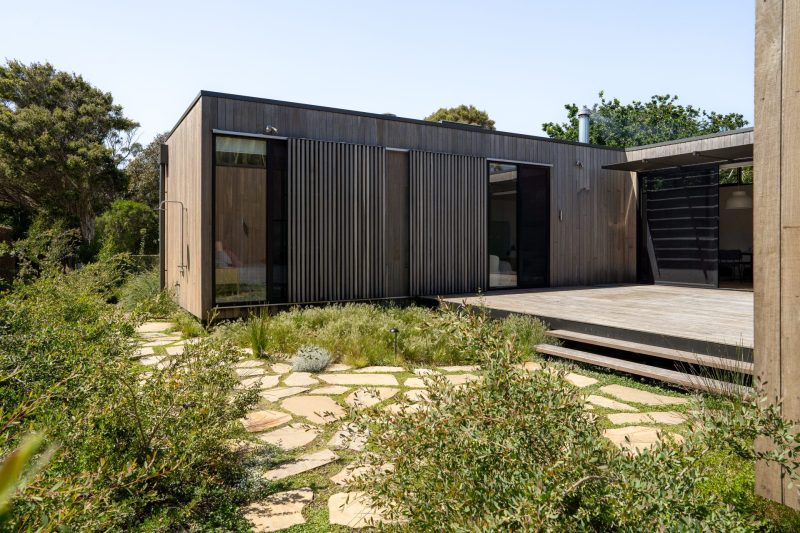Landscape Design Process
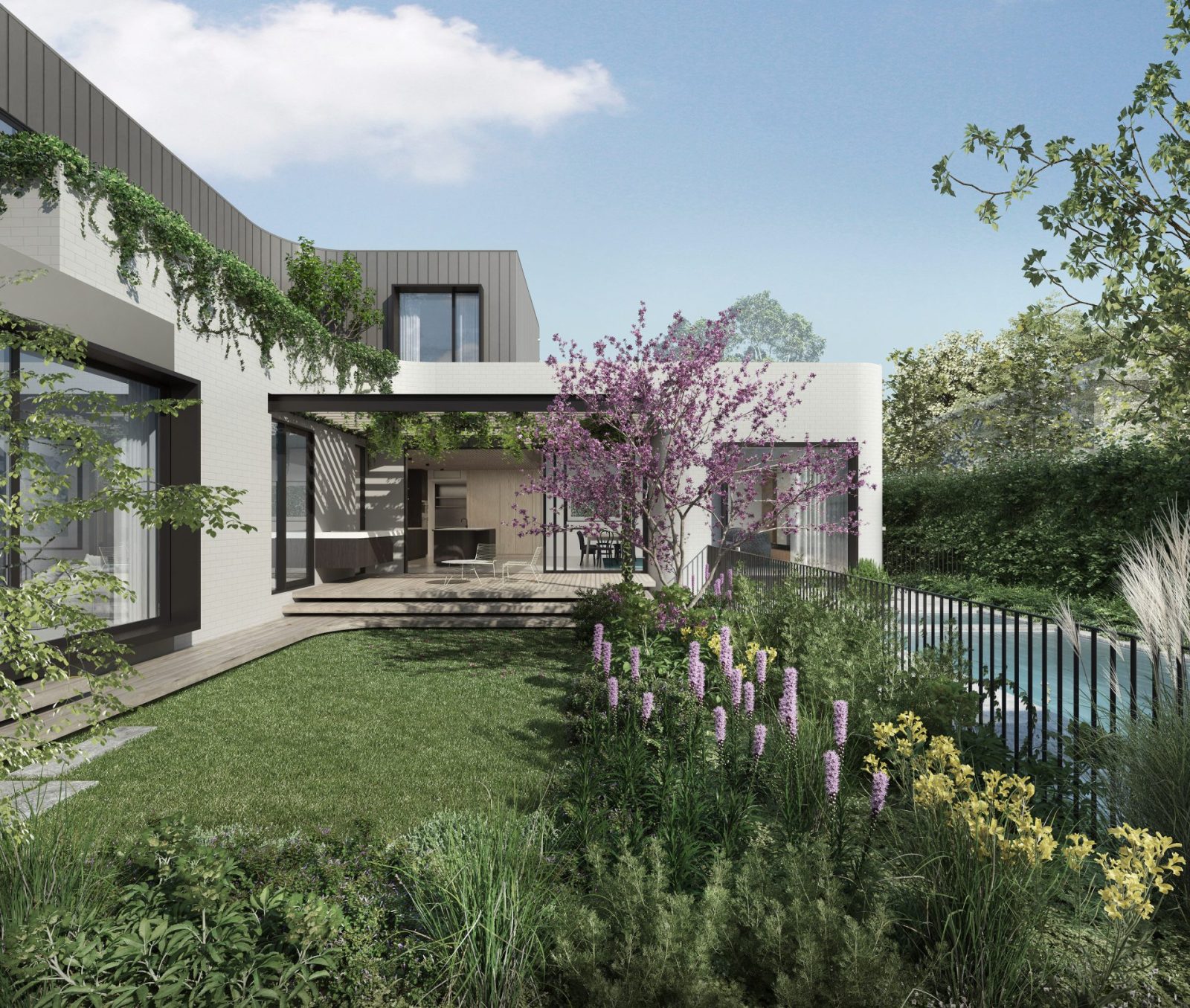
Here I will address some common questions I have been asked over the years of designing gardens. It should give you a broader understanding of our process and what is involved if you are engaging a landscape designer for the first time.
When should I contact a landscape designer?
If you are planning a new house the ideal time to call in a landscape designer is when you are at the beginning of planning your home. Ideally when you have some concept drawings from the Architect which you are happy with. The timing here may be decided by the local council as the landscape plan will form part of your submission. But generally speaking, It is sensible to have the architect and the garden designer talking to each other at this stage. It can be much harder to resolve these issues once the house is built. Sometimes details like setbacks, the width of an entrance or window placement can undermine a whole section of your garden. When your architect and garden designer are in discussion the results will be a much more integrated house and garden. The process will be clearer, expectations more achievable and you may even save money.
If you are not planning a new build, rather updating and improving an existing house, the timing is less critical. Whenever you are inspired to think about the garden
Where does it start?
It starts with the initial meeting. This is a chance to gain an understanding of you and how you would like to spend time in your outdoor space. We’ll meet and chat about what you like, what you don’t like, what you need and want, this usually takes place on-site. In either scenario, a planned or existing house, we will address what elements of the existing garden will be retained and what will be removed.
How much of the outdoor space will change?
This is open to discussion, In terms of existing structures, there may be some interesting hard landscape elements that can be incorporated into our final design. There may also be something sentimental, exceptional, or original to the garden. In most cases, though it’s a clean slate apart from boundary fences, which may also need to be changed for aesthetic reasons or to incorporate retaining for the new garden levels.
Then there is the vegetation, there may be some significant trees that will need to be treated carefully (tree protection zones) to get through the building process and make it into their new garden home. This means that the levels around them will need to be thoughtfully integrated into the new levels of the garden. As the soil levels around these cannot be raised or lowered significantly without adversely affecting the health of the specimen. There may be some plants that need to be set aside during the building process and incorporated into the plans for the new garden.
I have included some before and after images of a few projects. This should help illustrate the level of transformation gardens can undertake and what sort of state the garden can be in before engaging a landscape designer.

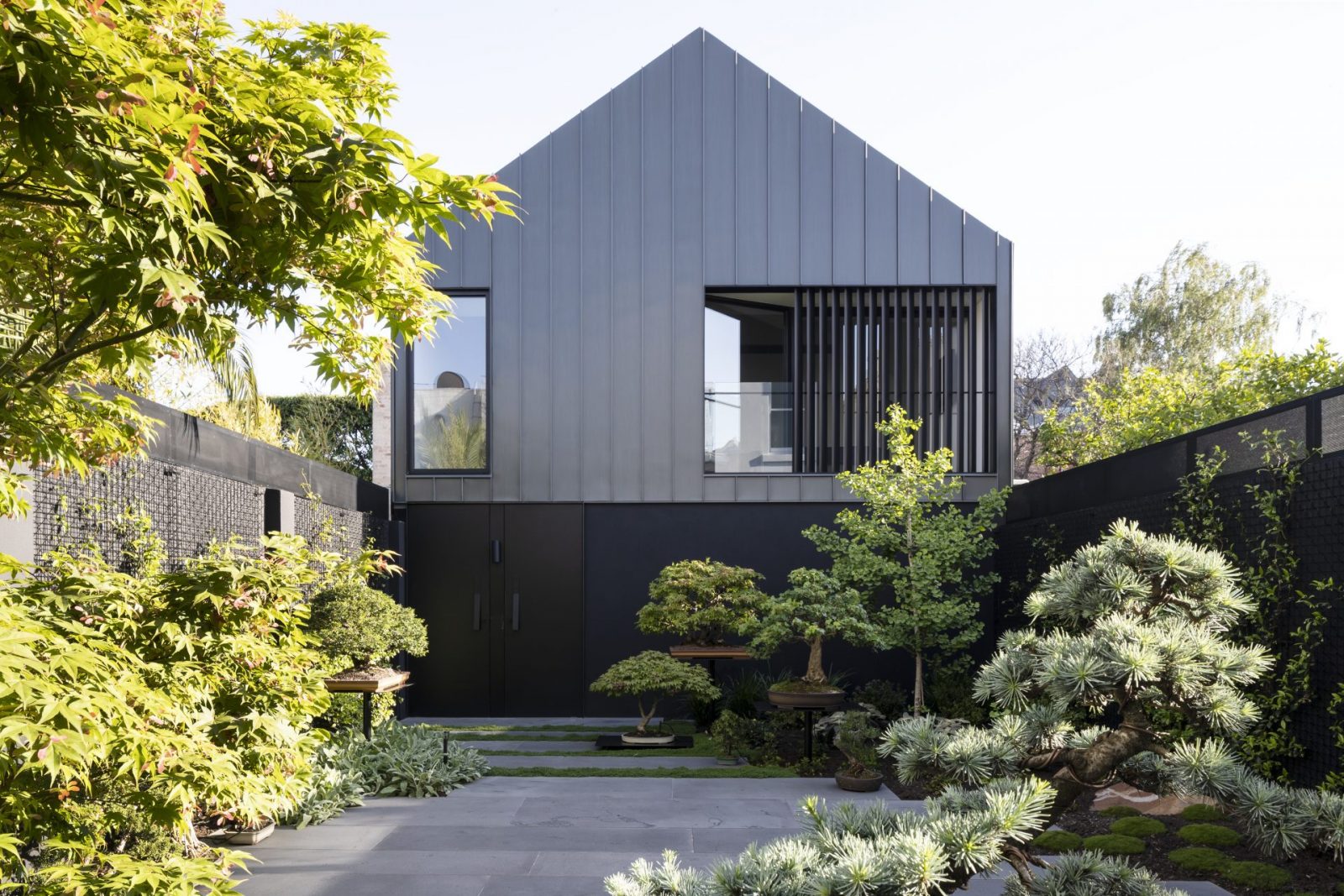
How long does it take?
It can take anywhere from a few months to a few years from the initial meeting with a landscape designer though to the final garden. Although I on the odd occasion I have had clients building the garden as it was being designed, this not the norm. For everyone’s stress levels this is not generally recommended!
Gardens require patience, as the process is not instant, plants take time to grow. The hard surfaces can all be put in place and very established plants can be bought, but a great garden takes a little time to settle in.

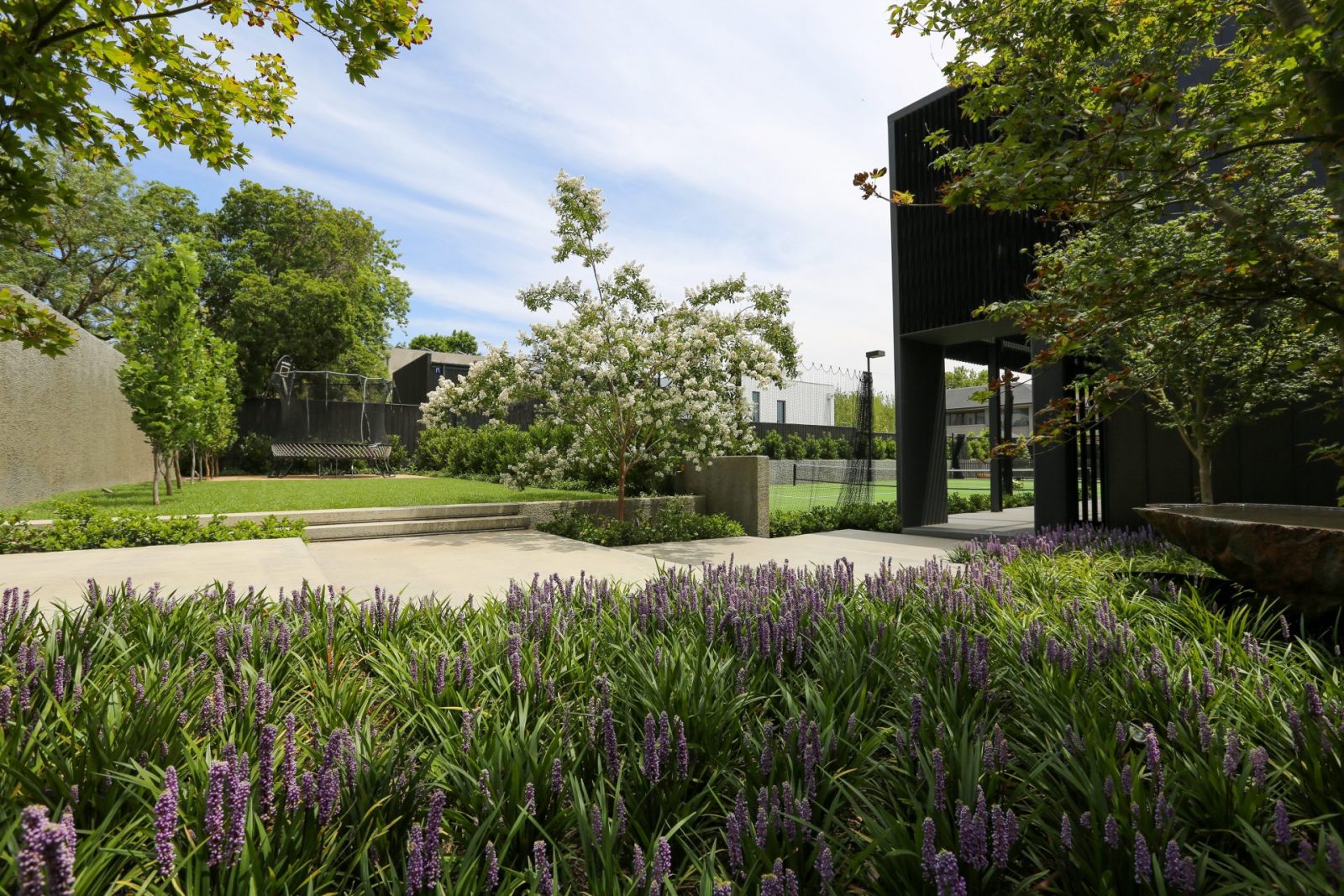
When it comes to the design of the garden how do we proceed?
We chat at the initial consultation and discuss the scope of the project. Once the fee proposal is approved you can go away and work out our brief. This will include how you would like to use the garden, what specific elements you would like included in the landscape design, such as a pool, BBQ vegetable garden, trampoline, etc…The visual style of the garden is largely informed by this discussion and also your Pinterest brief. The Pinterest brief is a folder on you can make for us on Pinterest. This is essentially a mood board illustrating garden, plantings styles, hard landscape, and andy specific elements you like. We take all this information along with site surveys and plans and get to work. There needs to be a certain level of trust and freedom to create the best collaborative, creative work. The results may be surprising (in a good way) but hopefully, the results will fulfill the brief and go beyond any expectations in a way that you never would have considered. This should be why you hired a designer in the first place…
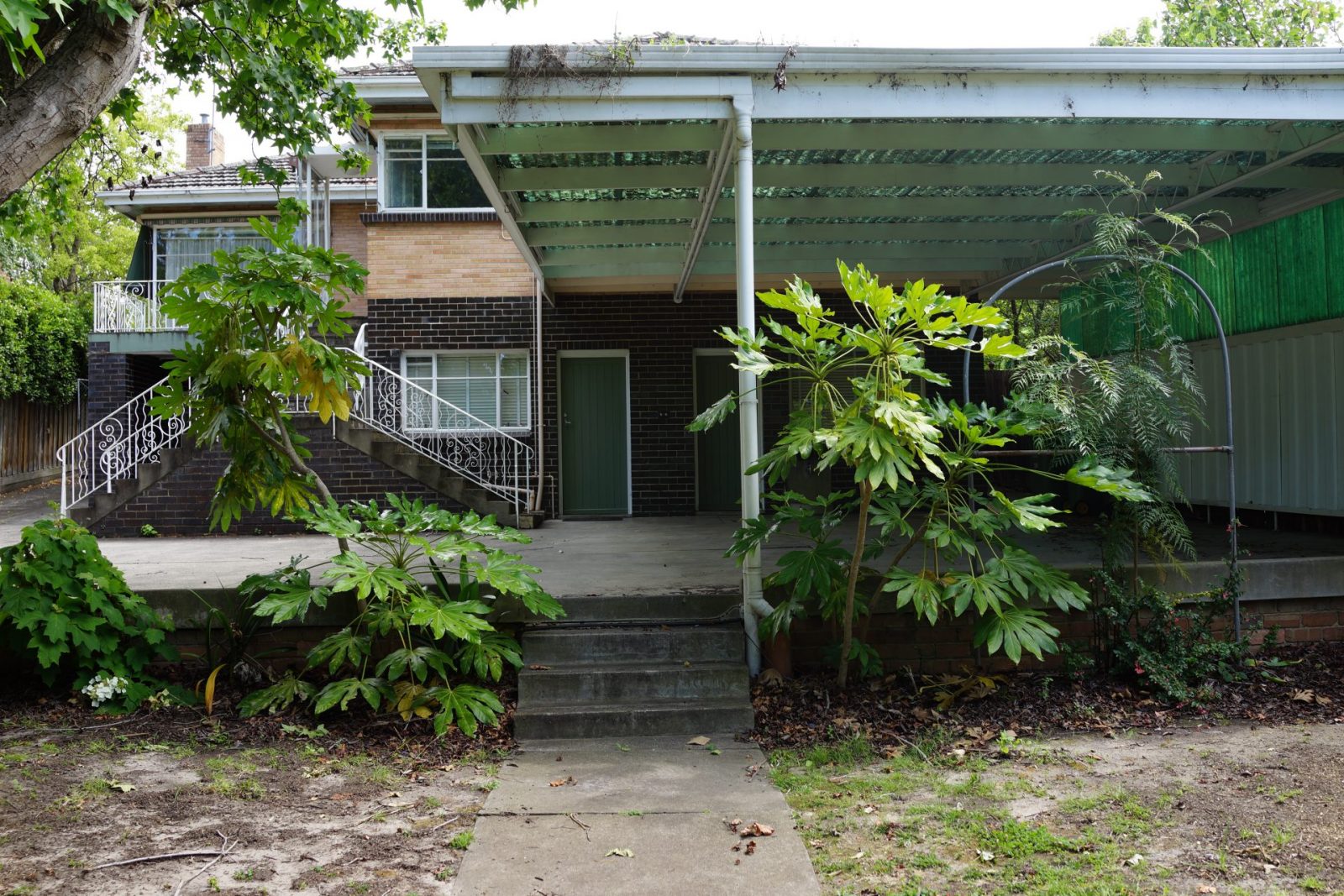

What happens when I have my final plans?
Once the design is finalized and approved and everyone is excited the project can be costed and built.
Why should the landscape designer be a part of the building process? In my experience, there are always details that will need to be resolved on-site during the process of building a garden. The designer is there to advocate for you. To ensure that corners are not cut and that everything is built in line with the original vision.


